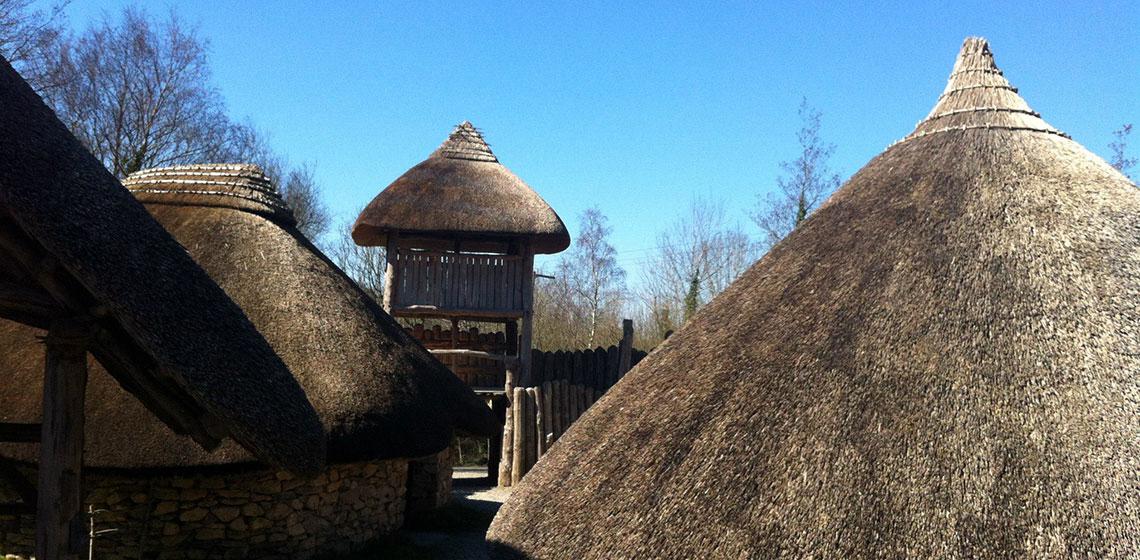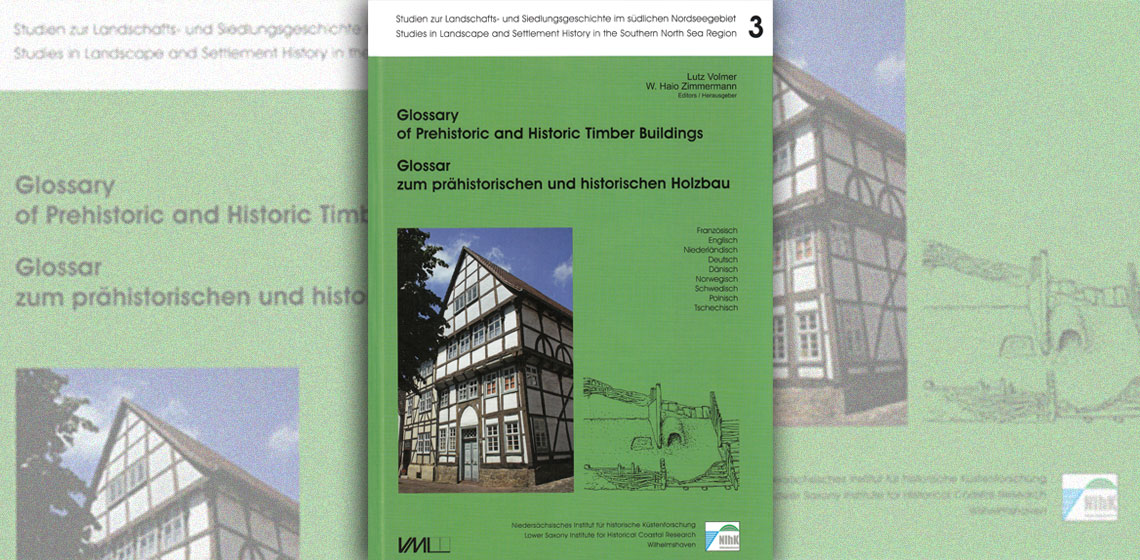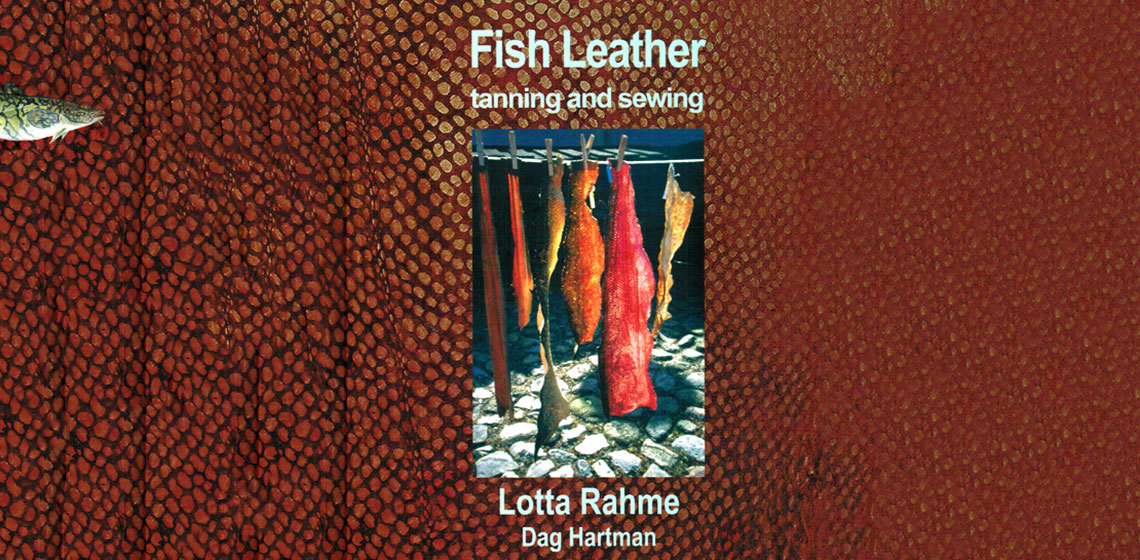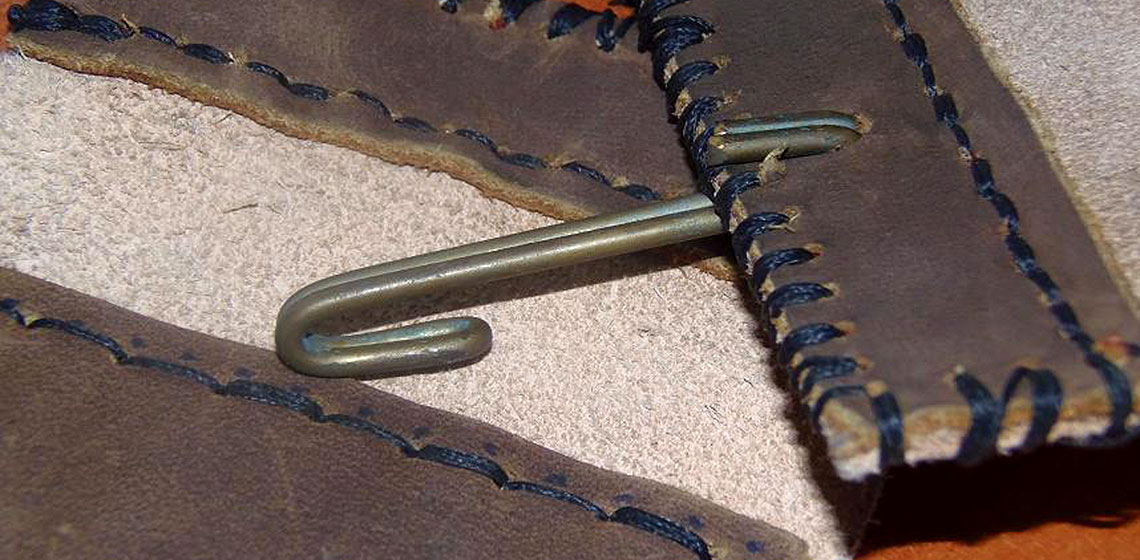Irish National Heritage Park (INHP) (IE)
Near the town of Wexford at Ferrycarig, the 35 acres large Irish National Heritage Park (Pairc Naisiunta Oidhreacht na hEireann) depicts several periods and sites, important to Irish Past, going back a total of 9,000 years.
Near the town of Wexford at Ferrycarig, the 35 acres large Irish National Heritage Park (Pairc Naisiunta Oidhreacht na hEireann) depicts several periods and sites, important to Irish Past, going back a total of 9,000 years...










